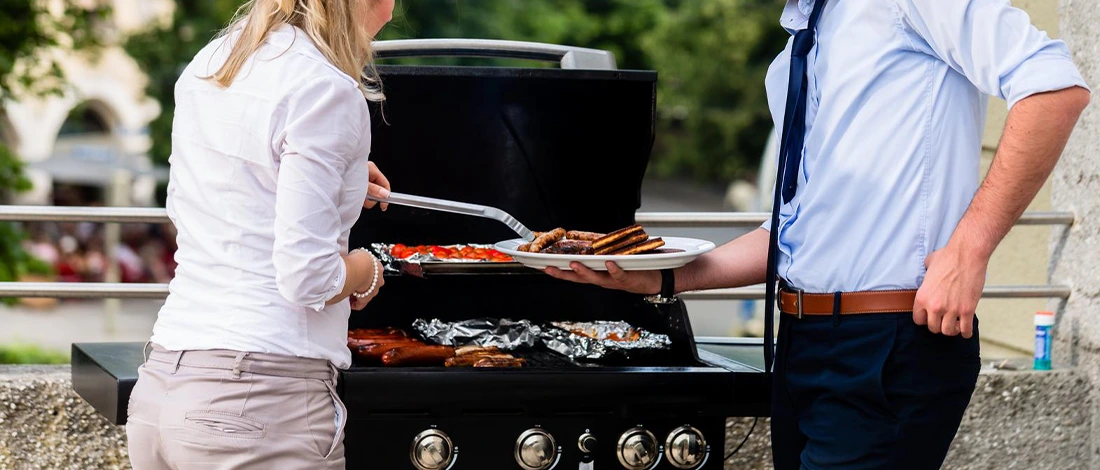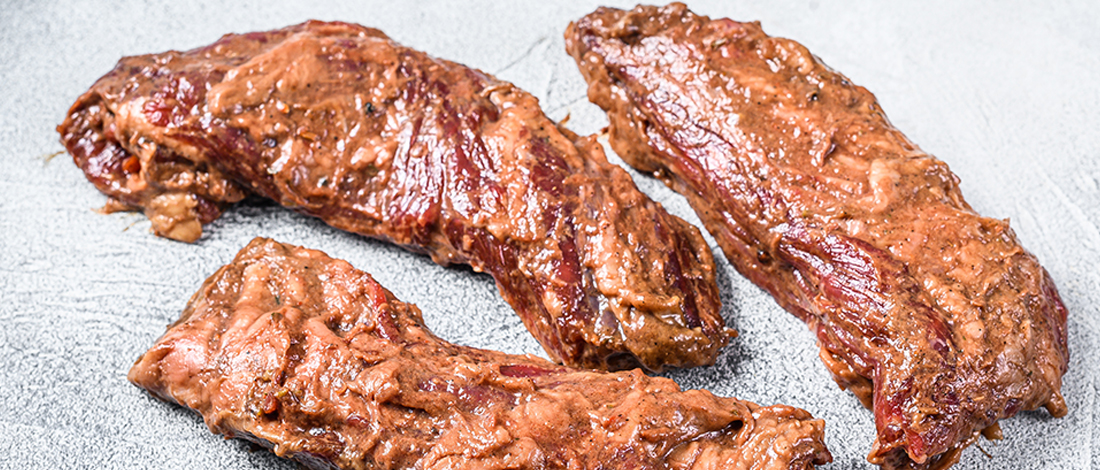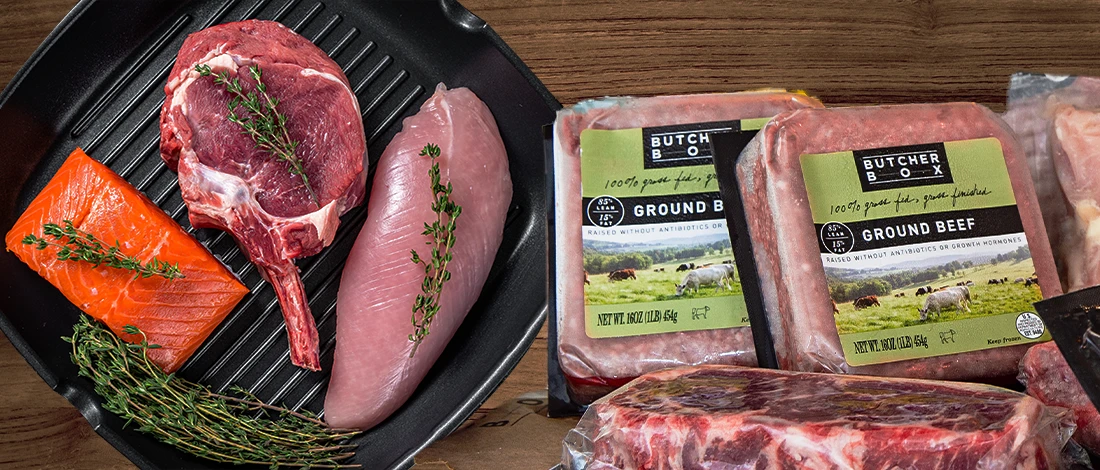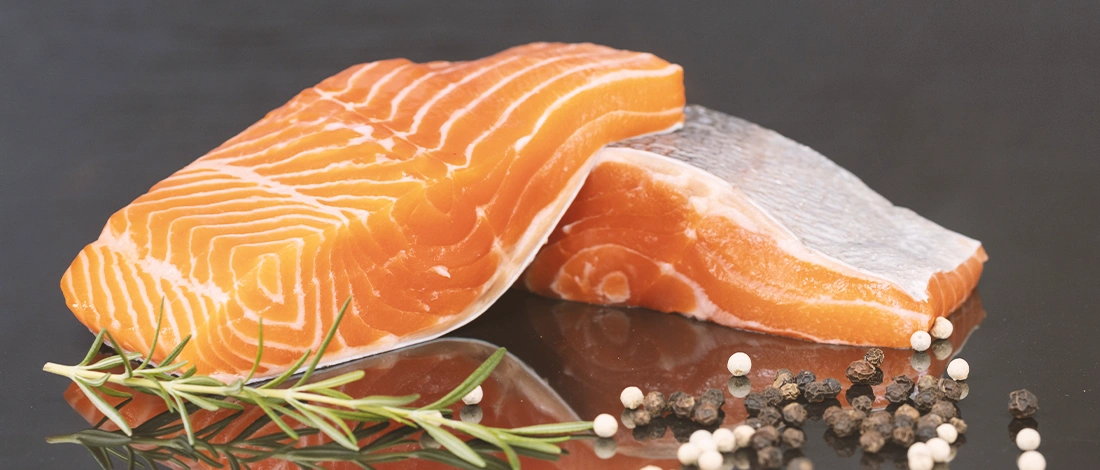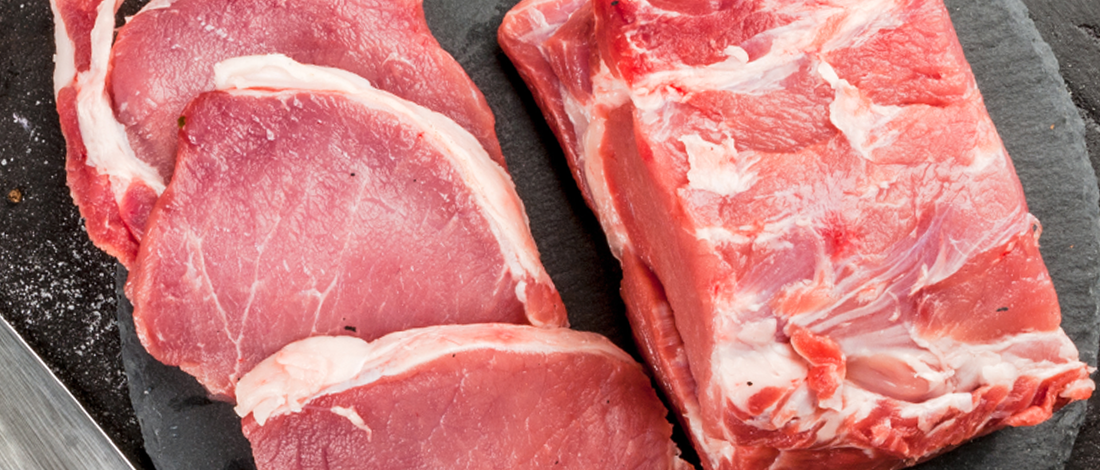Smoked brisket isn't a quick dish to prepare. The cooking process takes time, but the end result is well worth the effort.
So how long exactly does a brisket need? We consulted with some experienced pitmasters to find out what they suggested.
Quick Summary
- Smoking a brisket requires a steady temperature of 250°F and approximately 60 to 90 minutes per pound. You can measure it accurately with the help of ThermoPro TP20.
- The weight of the meat and maintaining a constant smoker temperature are crucial factors for the cooking time.
- Regularly checking the brisket's internal temperature, which should reach between 180°F and 200°F, ensures proper cooking.
Let's look at the cooking process in greater detail to ensure that the brisket achieves that all-important bark and unique woody flavor.
How Much Time Do You Need To Smoke A Brisket?

The time it takes to smoke a brisket depends on a few factors. The first is the temperature at which you set the smoker.
Some recipes call for a temperature of 225°F, but most pitmasters agree that 250°F is the best temperature for smoking a brisket.
At this temperature, the meat will cook quicker than at 225°F but still be succulent and tender at the end.
The fat will also render exceptionally well at this temperature.
The fat will still render at the lower temperature of 225°F, but the texture is preferable at this higher heat.
But there's more to calculating the cooking time than just the temperature. It depends on the weight too. We'll look at weight in more detail in the next section. [1]
Take Note Of The Weight
The next thing you need to take into account when calculating the cooking time is how much the cut of meat weighs.
The average size of a whole packer brisket is between 12 and 14 pounds. The brisket flat comes in at between 6 and 10 pounds [2,3].
It's important to remember that if you buy the whole packer brisket, you're purchasing an untrimmed cut of meat.
So, you're going to have to carve away some of the fat yourself. So, be sure to weigh your meat after you've trimmed it.
Remember what we said earlier about the fat rendering? Our expert pitmasters suggest that you leave at least a ¼ inch of the fat cap to enhance the flavor.
- Smoke low and slow for eight hours with a consistent temperature and with the right amount of smoke flavor.
- When pulled out of the smoker, wrap the brisket in either parchment paper or Saran Wrap followed by aluminum foil.
- Cook it for another five to six hours in a low temperature oven (300°F to 325°F).
- With a proper resting period of about 20 minutes, the result is a juicy, tender brisket with just the right amount of smoke.
The Formula For Calculating How Long It Takes To Smoke A Brisket
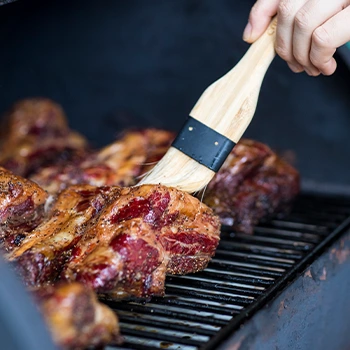
So now you have the ideal cooking temperature, and you know the weight of the meat you're cooking.
The rest of the calculation is pretty simple. If the smoker is set to 250°F, you'll need to allow for between 60 and 90 minutes per pound.
This means that a 10-pound brisket will take between 10 and 15 hours to cook.
Top tip: If you're smoking your meat overnight, we suggest that you choose a large cut of meat that will take longer to cook and that you check it after 7 or 8 hours.
Also Read: How to Properly Rest a Brisket?
Keeping The Temperature Steady
Okay, so you have the estimated cooking time, based on the temperature of the smoker and the weight of the meat.
The next thing you need to focus on is keeping the temperature of the smoker steady at 250°F.
The outside temperature or inadequate fuel supply can mean that the smoker doesn't keep its temperature steady while in use.
To combat this, set your smoker up in a sheltered spot, and consider buying a cover for your smoker model if you plan to use it regularly in the colder months.
If you encounter this temperature maintenance issue often, then perhaps it's time to upgrade your smoker.
Frequent problems of this nature generally relate to poor workmanship.
Don't Forget About The Internal Temperature

Even though we've given you a guide, you need to remember that each cut of meat cooks at its own pace and can be affected by various other factors.
So, to know exactly when your meat is done, keep a close eye on the internal temperature of the meat.
If your smoker comes with a built-in probe, your job is easy.
However, if you need to open up the smoker to check this, only do it once every hour to preserve the flavor and temperature.
Brisket is considered to be cooked when the internal temperature is between 180°F and 200°F.
Therefore, it's best to remove it when it gets to 195°F. The internal temperature will continue to increase while resting.
While resting, it should then hit an internal temperature of around 210°F. This is the temperature at which the brisket is just perfect.
What About The Dreaded Stall?
It's not uncommon for the meat to get stuck at an internal temperature of around 150°F for a few hours.
There are scientific reasons for the stall, so don't panic. Even though it is frustrating, the stall is entirely normal. But what to do when it happens?
The best solution is to account for this in the cooking time and just wait it out.
But, if you're on a deadline, and you really can't wait for the plateau to end, then you can consider an option such as the Texas Crutch.
The Texas Crutch involves wrapping the meat in a double layer of foil when it reaches the stall.
The Texas Crutch helps to stop heat and moisture from escaping, but it can mean that the bark becomes soggy and may negatively affect the meat achieving its full smokey flavor.
To prevent this soggy bark situation, we suggest that you remove the foil for about an hour before taking your meat off the grill [4].
Related Articles:
References:
- https://www.vindulge.com/smoked-beef-brisket-recipe/
- https://www.vindulge.com/smoked-brisket-flat/
- https://www.masterclass.com/articles/brisket-flat-vs-point-meat-cuts
- 4. https://www.napoleon.com/en/us/grills/blog/science-bbq-bbq-stall

